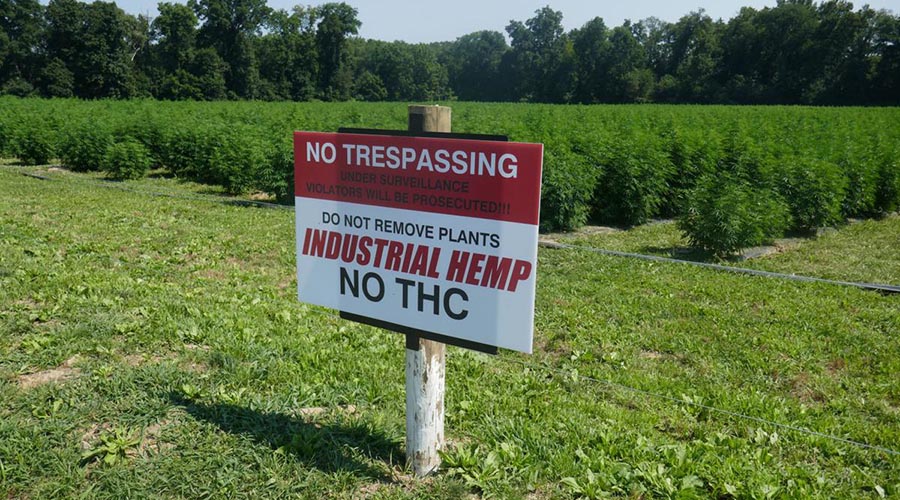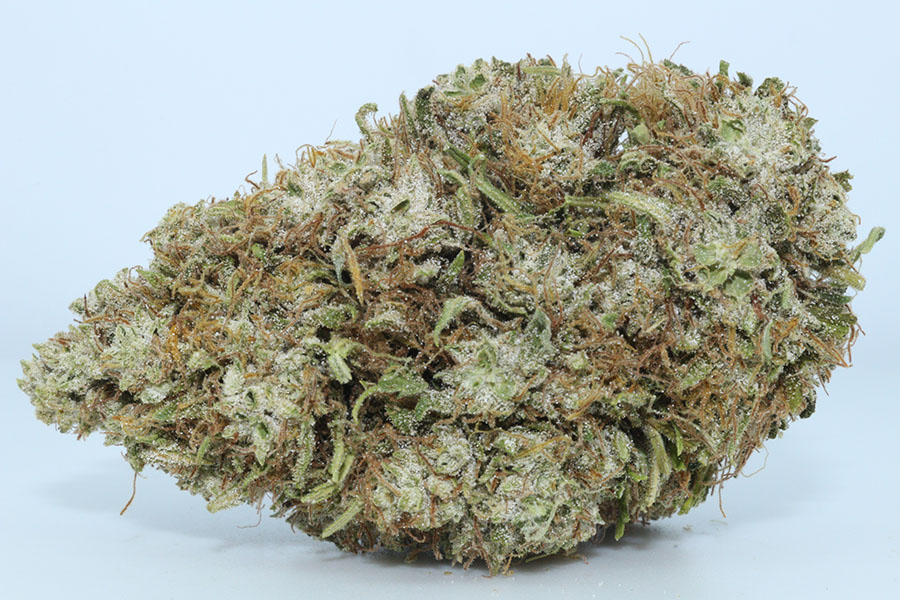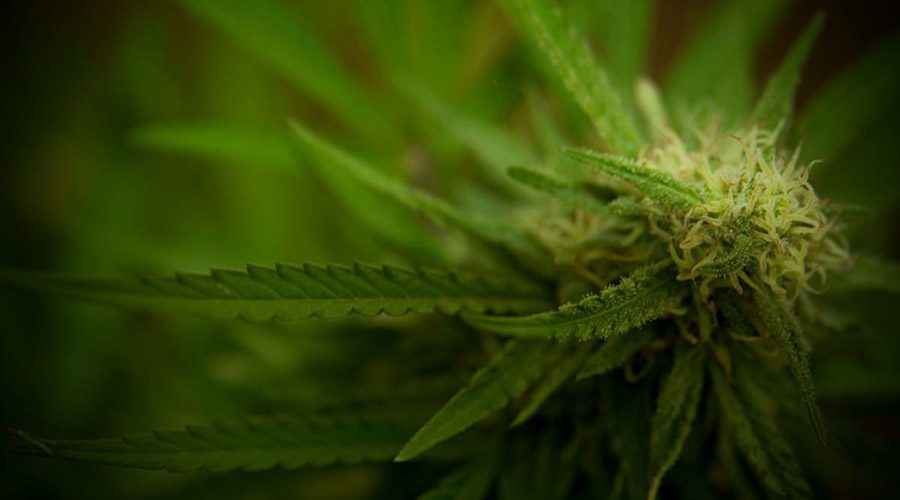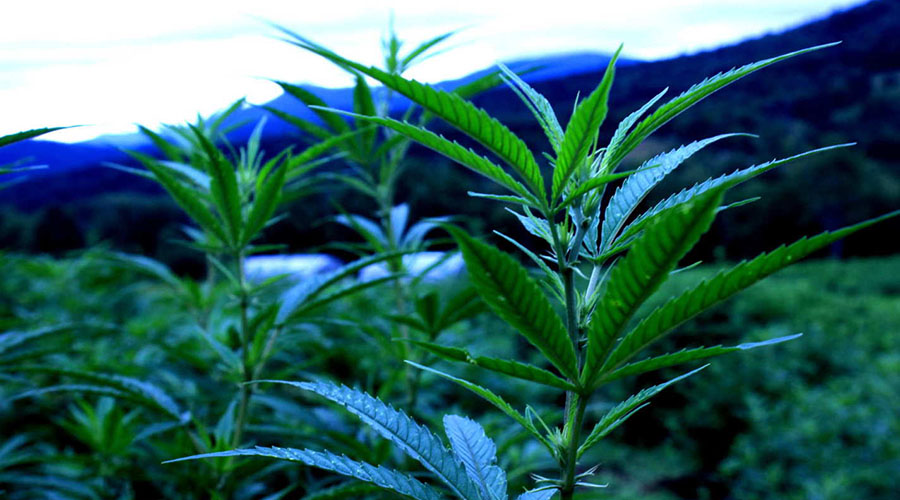
Contents
As the laws around cannabis become more relaxed, information is becoming more available and accessible. For instance, we now know that the cannabis plant has over 100 different cannabinoids — who would’ve thought? Popular cannabinoids like THC and CBD are often in the spotlight. But, clearly, there’s much more to the plant than these two compounds.
For instance, CBG or cannabigerol is making its way into mainstream cannabis news. And for good reason. Research is uncovering the many benefits of this cannabinoid. In this article, we’ll provide a background on CBG, its medical benefits, legal status, and where you can buy it. Let’s jump right in!
What is CBG?
CBG is a major phytocannabinoid found in the Cannabis sativa plant. It’s abundant in certain varieties of industrial hemp and it’s non-psychotropic, so it won’t get you ‘high.’ Even though you’ve likely heard of THC and CBD — you might be unfamiliar with CBG. Why is that? Well, the scientific interest in cannabis is relatively new in the United States.
Now that medical marijuana is legal in 31 states, and industrial hemp is federally legal, there’s a lot less red tape. Therefore, it’s easier for scientists to get the funding they need to perform cannabis research and studies.
Much of the current research is being conducted on the medical and therapeutic effects of CBD and THC. Yet, there’s also an overwhelming interest in cannabis’ other plant cannabinoids, such as CBG.
So far, the science tells us that CBG, like its cousins THC and CBD, has the potential to improve our health and well-being. We’ll discuss some specific conditions that CBG may help with later on in this article.

Why Is CBG Called “the Mother of Cannabinoids”?
To answer this question, we must explain the chemistry of cannabis first. CBGA, or cannabigerolic acid, is the fundamental compound in the cannabis plant. It sits at the very top of the plant’s chemical hierarchy.
As cannabis grows, CBGA synthesizes into other acid precursors, like THCA, CBDA, CBCA, and others. Once the plant is harvested, it must undergo decarboxylation, or low heat, before these precursors convert to THC, CBD, CBC, CBG, and so forth. This conversion is necessary for you to experience the therapeutic and cerebral effects of cannabis.
So, CBG is called “the mother of cannabinoids” because it’s acidic form, CBGA, gives life to all other cannabinoids. Simply put, without CBGA, the cannabis plant wouldn’t exist.
The Effects of CBG
Unless a cannabis strain is specifically bred to produce high amounts of CBG, most cannabis strains will only contain small amounts of CBG. And this is why its effects aren’t obvious to most cannabis consumers. However, scientists can clearly determine CBG’s effects when they isolate the compound.
When isolated, the research shows that cannabigerol impacts various systems in the body through its interaction with the endocannabinoid system. CBG acts as an antagonist to CB1 receptors, which is helpful in reducing the psychoactive effects of THC.
Also, researchers believe that CBG can boost anandamide, which is one of the main endocannabinoids in the body. Anandamide is responsible for naturally increasing dopamine, also known as the ‘feel-good’ transmitter.
Finally, CBG binds with CB1 and CB2, the cannabinoid receptors found primarily in the brain and immune system. As such, CBG can directly impact bodily functions such as sleep, mood, memory, appetite, and movement.
Because of CBG’s interactions with physical and psychological functions, it may also have medicinal benefits. Let’s explore some of these potential benefits in more detail.

The Medicinal Benefits of CBG
Cannabigerol hasn’t been at the center of cannabis research, but it’s now getting some much-deserved attention. Studies are mounting in number and the results reveal CBG’s potential to help with a number of conditions.
1. Inflammatory Bowel Disease (IBD)
Millions of people who live in industrialized countries suffer from IBD. One of the root causes of this disease is excessive inflammation. Some people turn to cannabis for relief from IBD, so researchers from the University of Naples decided to investigate CBG’s effects on this disorder.
In their 2013 study, they studied mice who were induced with Colitis. The results of this study proved favorable because the inflammatory markers in the mice decreased significantly after being given CBG. Based on these results, researchers suggest using CBG in clinical trials on humans with IBD.
In more recent clinical studies, the School of Pharmacy in London, England also discovered CBG’s anti-inflammatory effects.
2. Stimulates appetite
It’s fairly well-known that marijuana can give you the ‘munchies’. But, what if you want to stimulate your appetite without getting ‘high’? Well, CBG could offer the perfect solution.
In the 2016 study published in Psychopharmacology, CBG was shown to boost appetite in a group of rats. When given CBG, the rats ate twice as much food and their total number of meals increased.
These statistics are promising, especially for people with cancer or AIDS who suffer from wasting, also described as involuntary loss of weight and muscle.
3. Improves neurodegenerative diseases
According to a 2015 study, CBG was shown to have neuroprotective properties, particularly in the case of Huntington’s Disease (HD). This study involved two different experimental models with mice that were intoxicated with HD.
Based on the study’s results, cannabigerol was found to be an active neuroprotective drug in mice. The cannabinoid improved the levels of antioxidant defenses, motor deficits and preserved neurons against toxicity.
Not only that, but the study found that administering CBG led to a slight improvement in the genetic expression that could help with HD. At the conclusion of the study, researchers felt confident in CBG’s abilities to be used alone, or in conjunction with other cannabinoids to improve neurodegenerative diseases like HD.
4. Helps with bladder problems
To follow up on anecdotal reports claiming cannabis could help control bladder dysfunction, a team of researchers put a handful of non-psychotropic phytocannabinoids to the test. The 2015 study involved the administration of CBD, CBG, THCV, and CBDV to some mice to assess their bladder strength.
The results indicated that CBG was the most effective cannabinoid in this study because of its ability to reduce contractions in the bladder.
5. Improves glaucoma
The Department of Ophthalmology at West Virginia University studied the effects of CBG and THC on glaucoma. According to the results, cannabigerol and its related cannabinoids, such as THC were shown to have therapeutic potential in the treatment of glaucoma.
More specifically, the effects of these cannabinoids helped drain fluid in the eyes, and therefore reduced intraocular pressure. Furthermore, CBG and THC can improve blood circulation in the eyes which can be helpful in other medical conditions that directly affect the eyes.
Those who have used medical marijuana to help combat the side effects of glaucoma, now have the option to smoke non-psychoactive, CBG flower if preferred.
6. Reduces anxiety-related symptoms
Certain cannabinoids such as CBD and CBG, have anxiolytic effects that can reduce or alleviate symptoms associated with anxiety. Also, as previously mentioned, CBG is an antagonist to CB1. Meaning, it can help prevent some of the anxiety that is caused by smoking THC or ingesting edibles that contain THC.
CBG can also relax muscles which in turn helps to reduce anxiety. It does this by functioning as a GABA uptake inhibitor. Finally, cannabigerol can increase serotonin levels and therefore calm mood disorders, increase happiness, and lower overall anxiety.
Is CBG Legal?
Cannabigerol’s legal status in the United States is similar to that of CBD’s legal status. If CBG flower comes from industrial hemp and contains less than 0.3% THC, then it’s perfectly legal.
The United Kingdom and countries in the European Union have similar laws, with just a slight difference. CBG is legal if it derives from hemp, but its THC levels must be less than 0.2%.
Where can you find CBG?
CBG flower isn’t as readily available as CBD flower. But, that doesn’t mean it’s not out there. Some cultivators, including Dr. Ganja, carry high-quality CBG Hemp Flower. For instance, its flower is rich in CBG, and plant terpenes such as B-Caryophyllene, Guaiol, B-Myrcene, and several others.
Also, Dr. Ganja’s CBG Hemp Flower contains trace amounts of the cannabinoids, CBC and CBD. Finally, third-party lab tests confirm this strain of CBG flower is free of pesticides, microbials, and mycotoxins.

Final Thoughts on CBG
Even though CBG hasn’t quite made the headlines yet, that’s likely to change. In fact, we predict that CBG will take over CBD’s spot as the most popular cannabinoid in cannabis. Although research is still in its beginning stages, the findings on cannabigerol are promising.
With all the benefits discovered thus far, scientists are curious to see what else CBG can offer from a therapeutic perspective. For cannabis enthusiasts, this is a particularly exciting time. We’re learning more about ‘cannabis as medicine’ from the scientific community than ever before. We can’t wait to see what else the research around CBG will reveal.